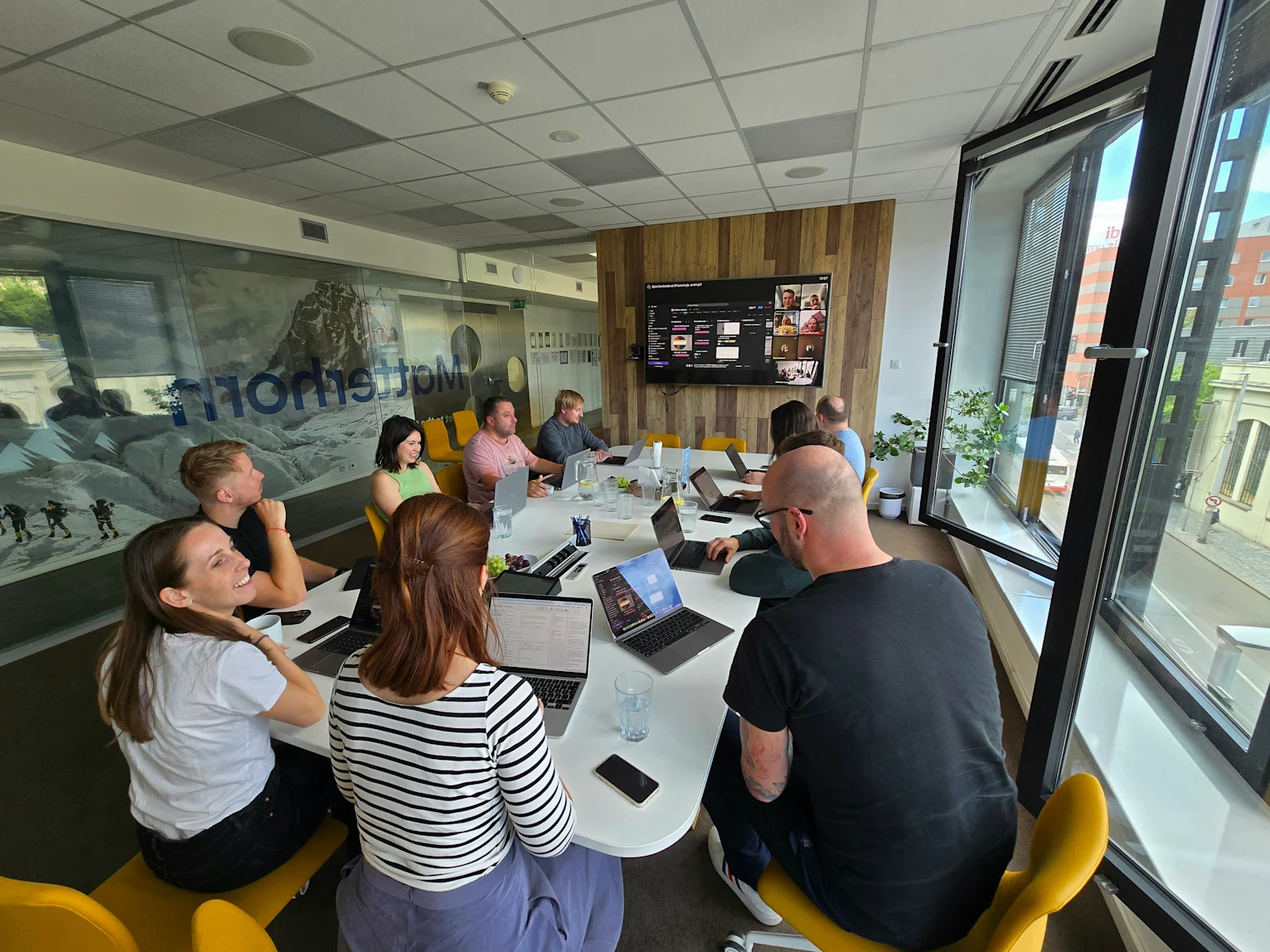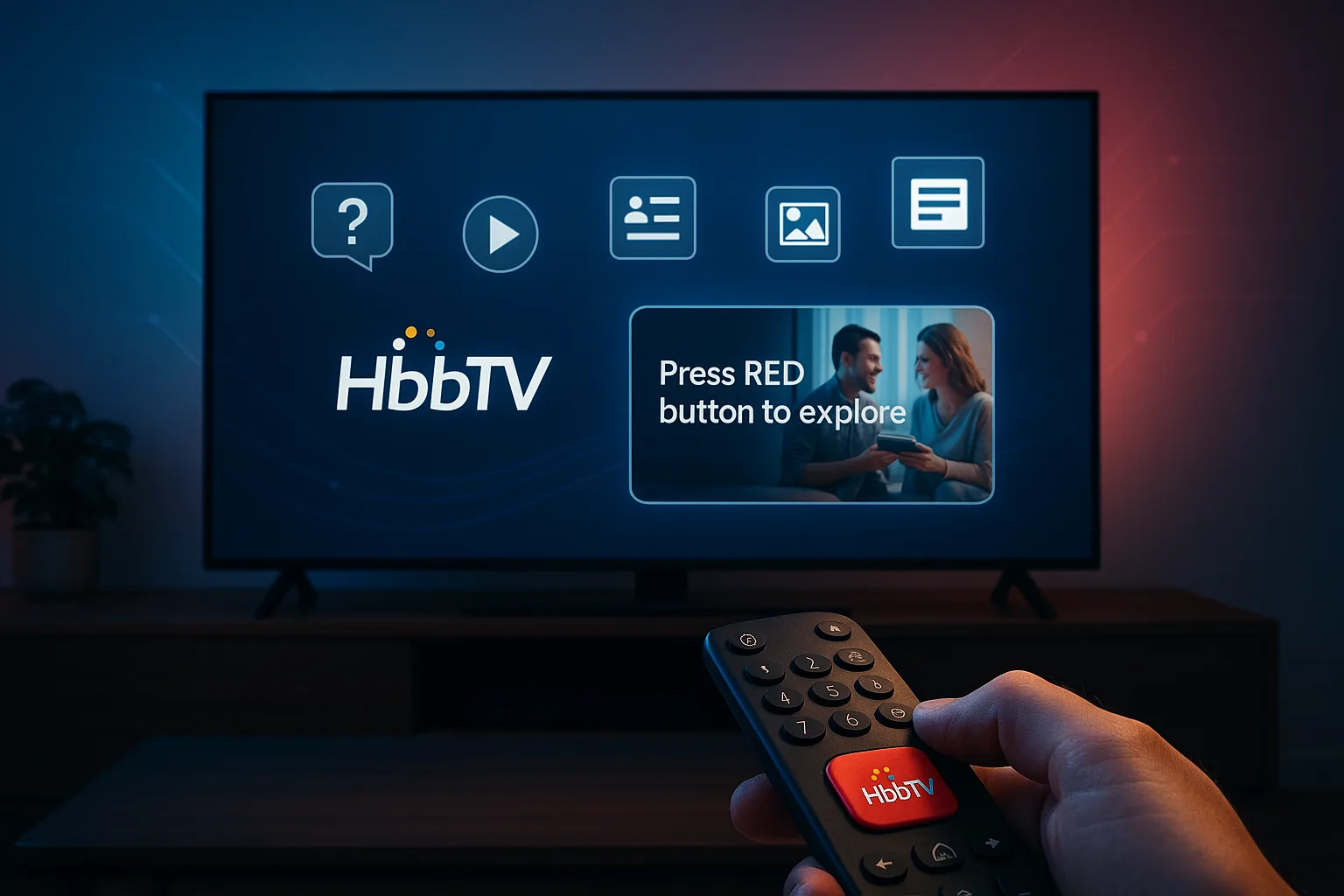Marcela Kaiserová, Kateřina Neugebauerová
22. 5. 2025
Read more
Google is testing dual ad displays in search. What impact does this have on brand campaigns?
3. 6. 2025


In February 2025, the unofficially confirmed testing of the "Double-Serving" feature allows the same advertiser to display two text ads simultaneously in both top and bottom positions of search results. Data shows that although overall impressions are increasing, Search Impression Share, CTR, and share of top positions are declining.
How Did It All Start?
Every experienced specialist knows that Google enforces strict rules regarding what's known as "Unfair Advantage." This principle is designed to protect the fairness of the ad auction and prevent a single advertiser from appearing multiple times with the same ad in search results.
While the rule explicitly targets multiple accounts targeting the same location and keyword, the core idea is clear: any attempt to gain an edge through duplicate ad visibility violates the policy. And Google responds firmly—by suspending the account just seven days after a warning is issued (and ignored).

Fast Forward – February 2025
In February 2025, through one of our largest clients at Marketup, we received unofficial confirmation that Google is testing an experiment called "Double-Serving"—the ability for a single advertiser to display two text ads simultaneously in both top and bottom positions of search results.
And What Do the Data Say? When we look at all search campaigns containing branded keywords at the MCC level, there's a clear, immediate increase in impressions—accompanied by a noticeable drop in Search Impression Share. This decline is followed by a decrease in other key metrics—from CTR and click share to the share of Top and Absolute Top impressions.

Google Says: “Nothing’s Changing.” But We Know Better
In its official statement, Google claims the experiment isn't meant to impact key performance metrics. But the reality in advertiser accounts tells a different story—conversion and click numbers have been declining ever since the test began.

What Does This Mean for Us?
The experiment has raised several critical questions we didn’t have immediate answers to:
How is Impression Share calculated now that we can appear twice?
Does this mean the potential has increased—and can we theoretically exceed 100%?
Is the new “normal” 60%, where it used to be 90%?
How long will the experiment run, and how will it scale?
Does this confirm that auctions for top and bottom positions operate differently?
And What About Bidding?
For branded campaigns, we’ve historically used a mix of manual bidding and automated strategies, depending on competition levels. In some cases, we shifted to Maximize Conversions to maintain competitive CPCs.
But now? We’re testing whether switching back to manual CPC or Target Impression Share helps reduce visibility in less desirable (read: bottom) positions. Unfortunately, neither approach has led to a clear reduction in lower-page placements.
Test: Account A – Target IS set to 90% Account B – Manual CPC with an average cost-per-click Both accounts were originally running on Maximize Conversions.

In the table, we can see a test of brand campaigns. The bottom campaign is set in experimental mode with Target IS, while the top one is ongoing and set to tCPA.
What Is Google Officially Saying?
We are continually evolving our feature set to meet the needs of users and advertisers. In a recent experiment, advertisers are eligible to show text ads on both top and bottom ad locations. When someone searches on Google, we run different auctions for each ad location. Your ads will only show once in a single ad location, but across ad locations your ads can show more than once. We believe this change will be better for users, and for advertisers, as a result.
We wanted to inform you that we will be ramping up this experiment the week of March 17th. Please note that due to the way the experiment is set up, impact can vary by advertiser and be higher or lower than the previous ramp up in early February.
Advertisers may see shifts in Top/Absolute Top Impression Rate and/or a change in overall CTR. You should not see any changes in Top performance metrics, including no change to actual Top Ad impressions, Top clicks, Top CTR, or Top CPC. CTR changes also do not impact bidding. As a reminder, we encourage a focus on business-critical metrics (ROAS, conversions, and clicks).
Our Take?
This change brings confusion and, so far, no clear benefits. But here’s what makes more sense than ever:
Active management of brand campaigns
Clear communication with clients
Separate reporting for Brand vs. Non-Brand performance
Considering portfolio bidding strategies with bid caps
We’re currently in a gray area—the experiment is live, the results are inconsistent, and Google isn’t offering enough answers. And while it’s likely that most advertisers will eventually “live with it,” now is the time to shift into a mode of vigilance and control.


